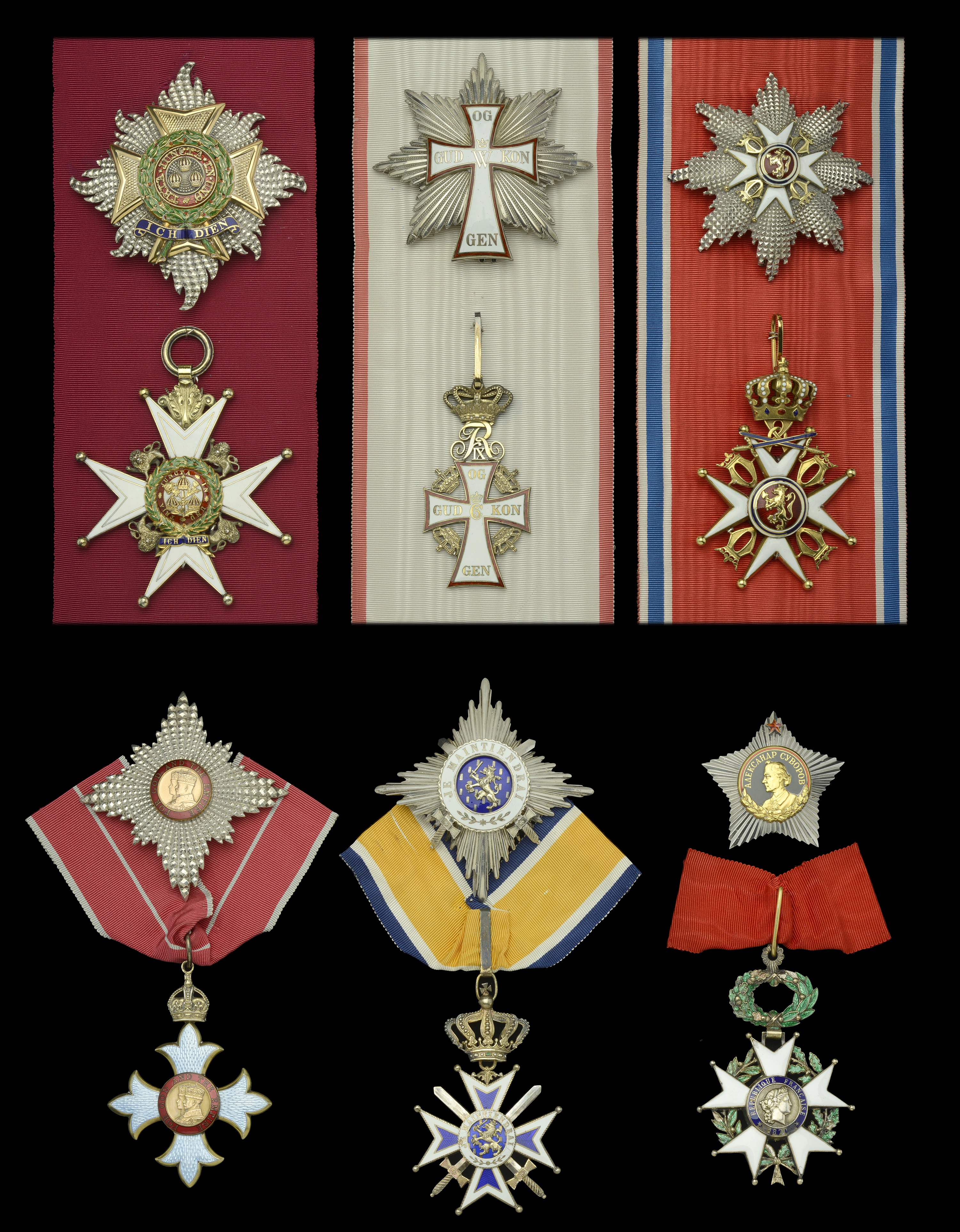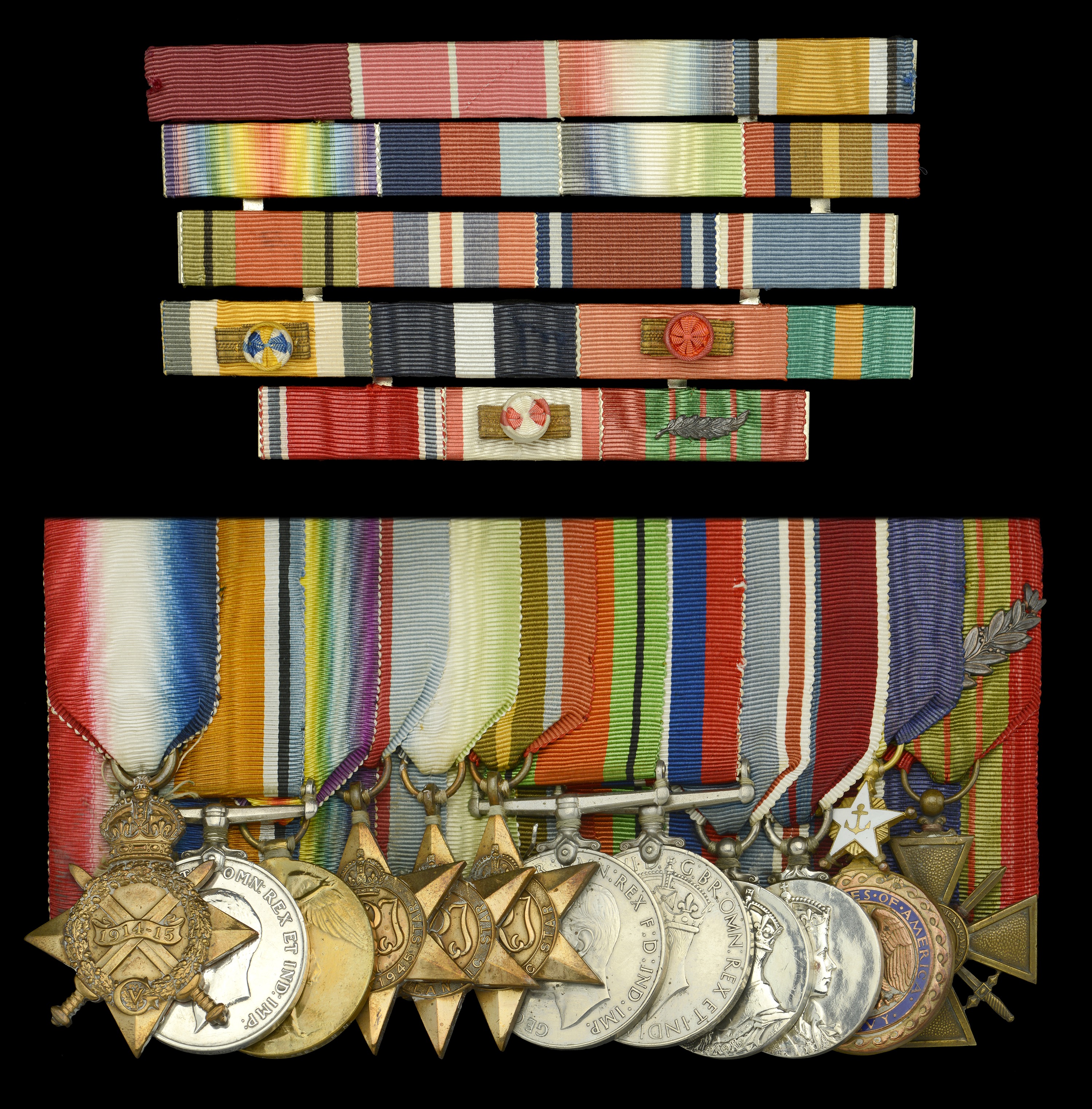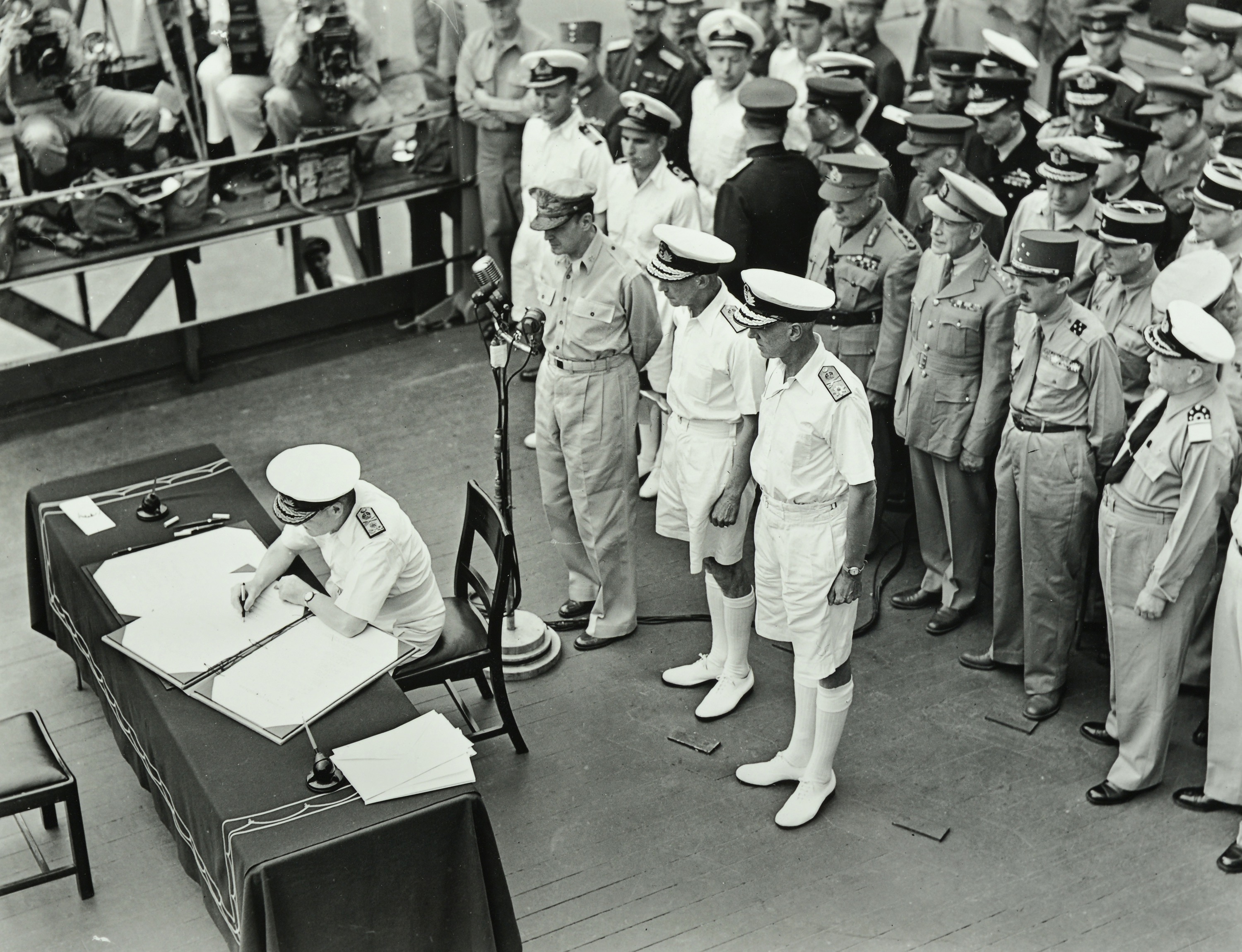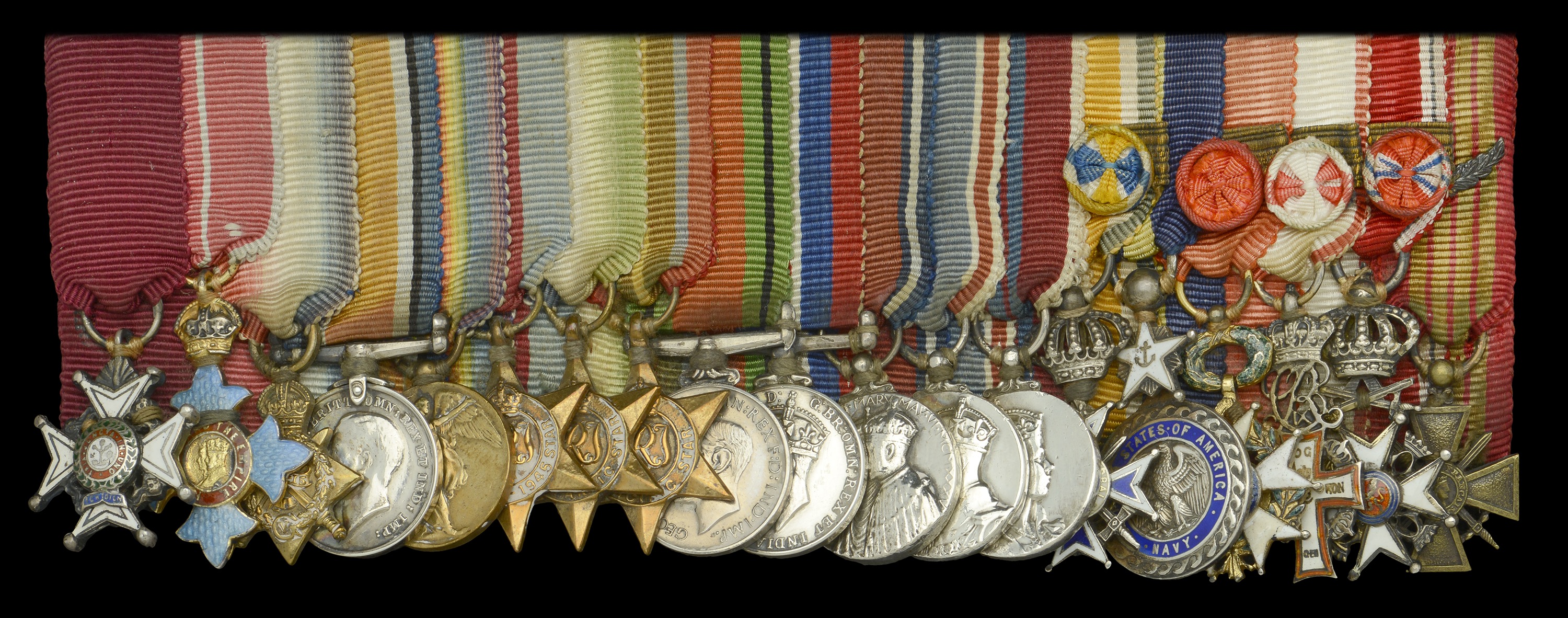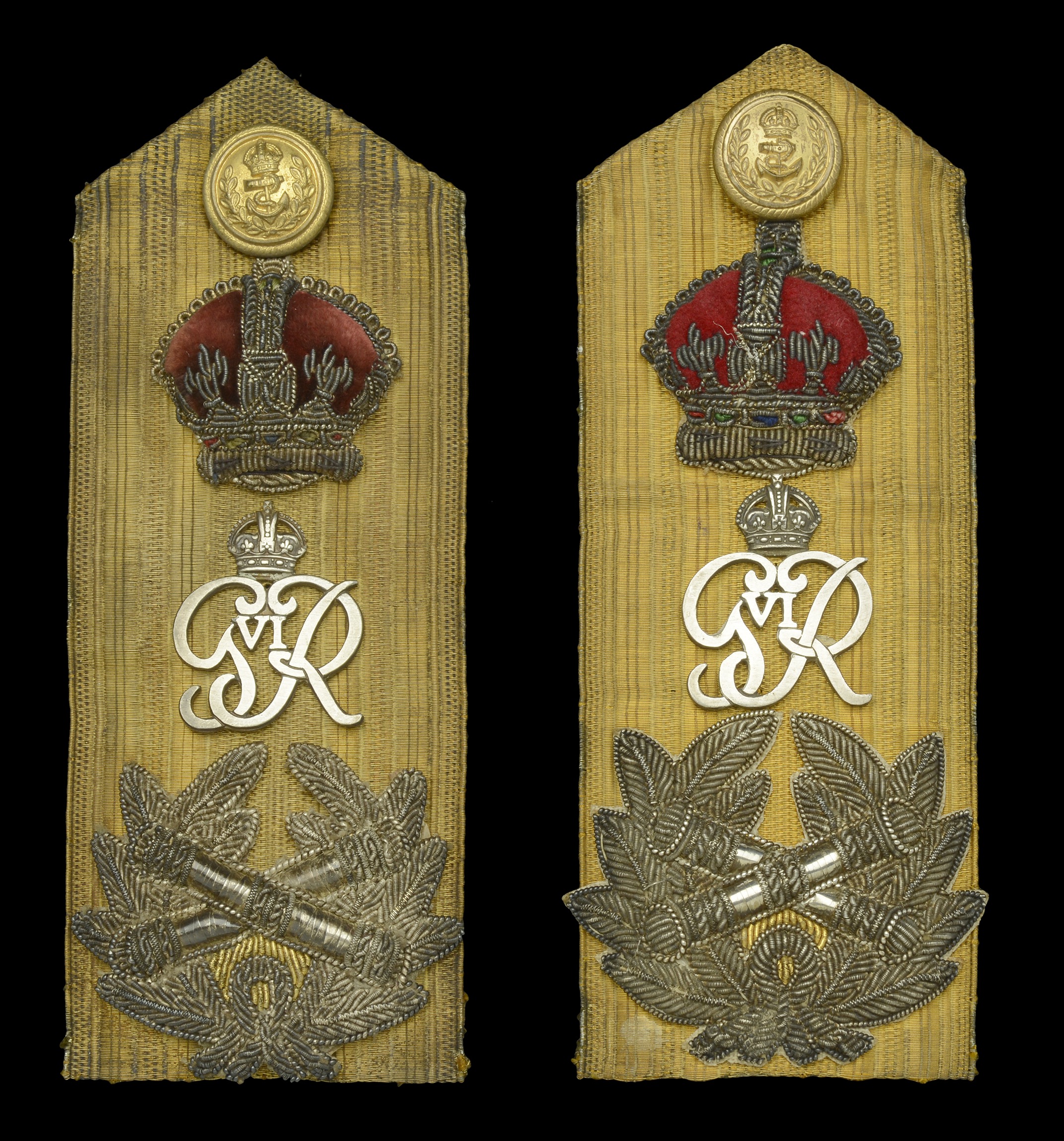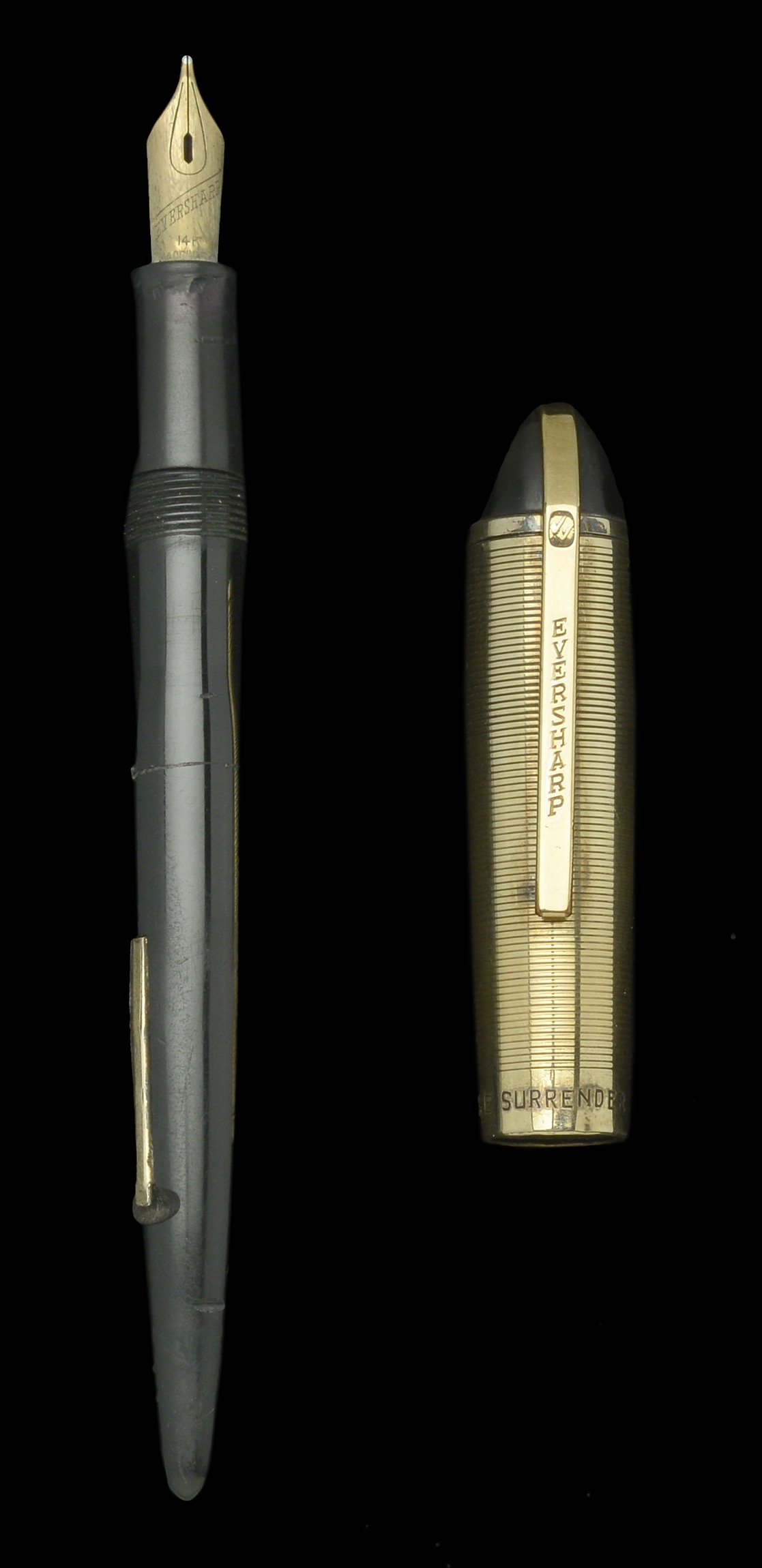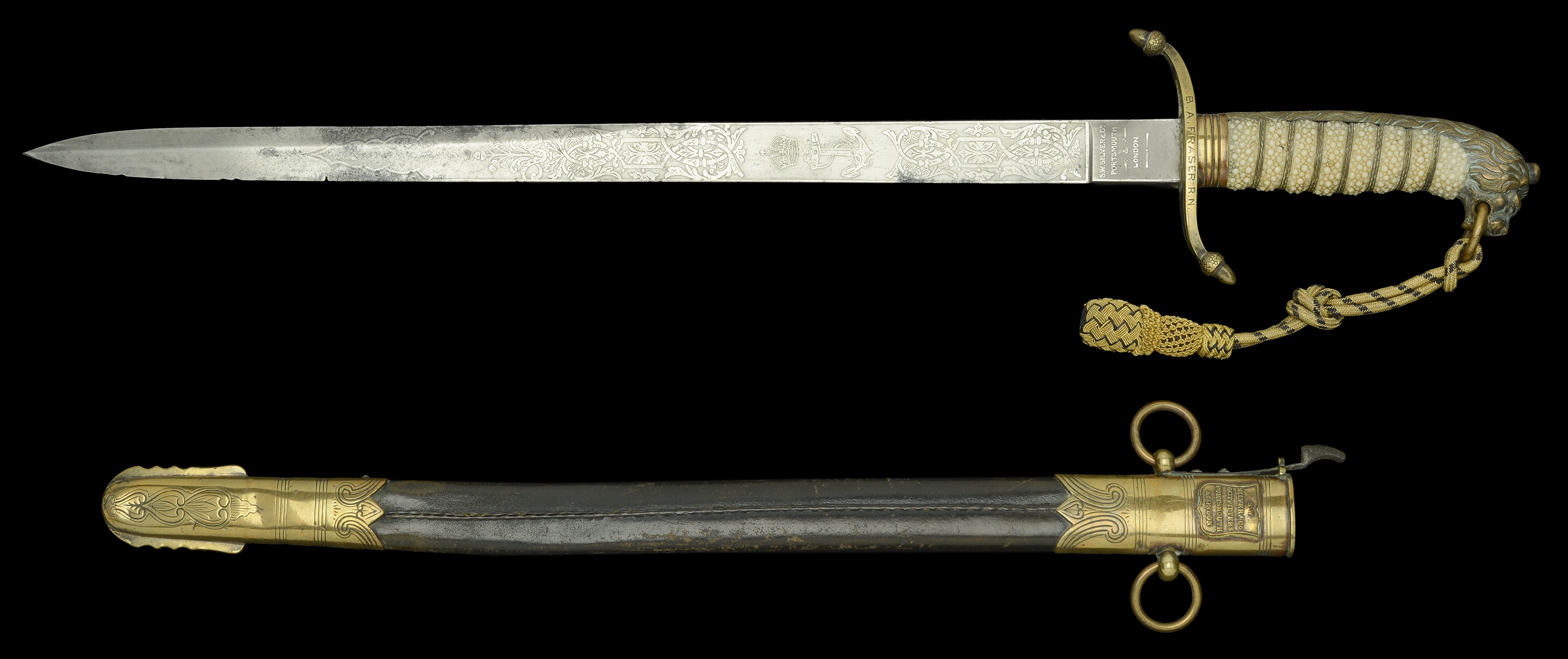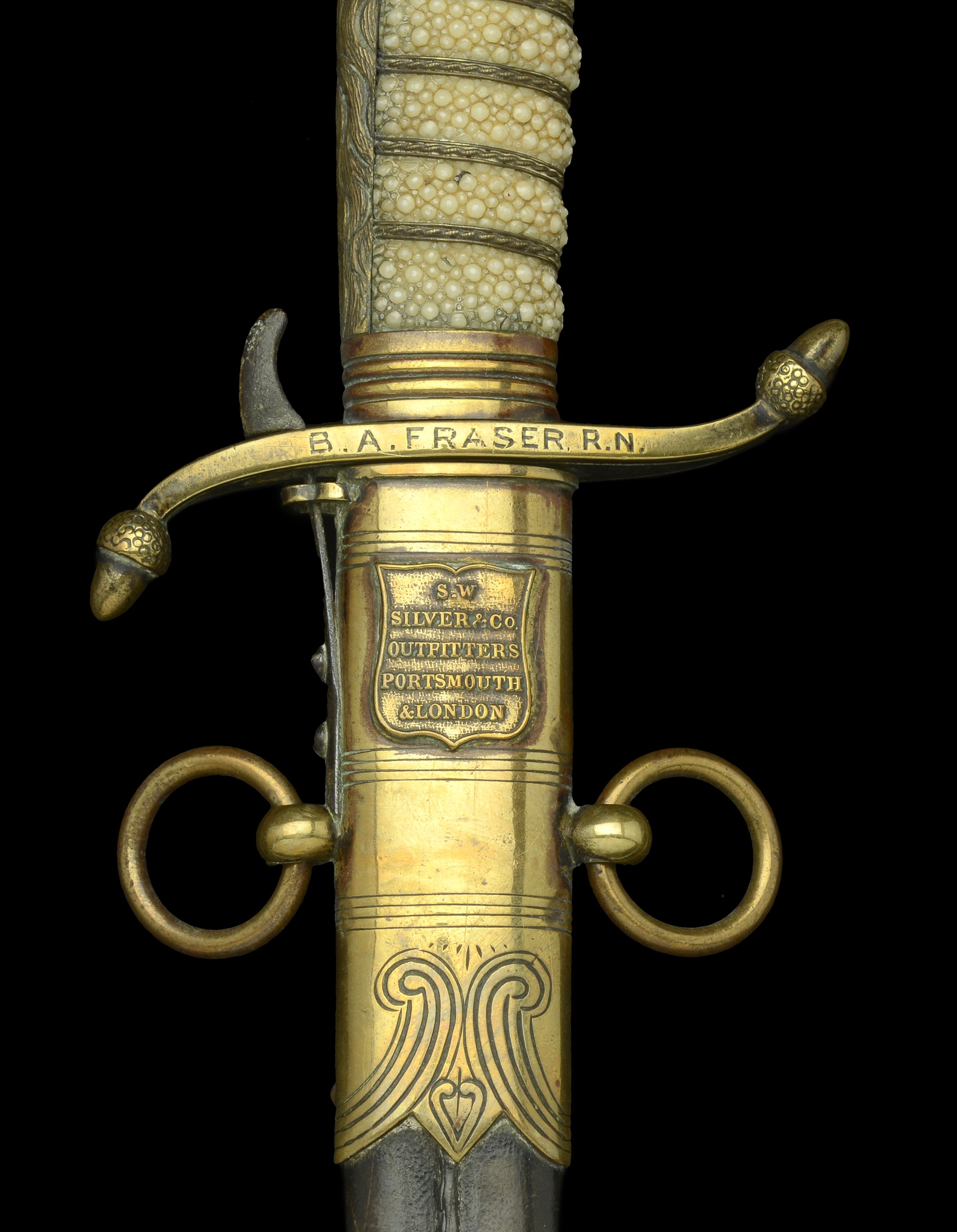‘It is difficult to do adequate justice to an Admiral of the Fleet who was born nearly a century ago and whose life covered such a tremendous range: at sea in the pre-Dreadnought Navy; served in both World Wars; designed, put together and fought a successful major sea action with the most advanced naval weapon of the age; who spent eight months in a Bolshevik prison but 25 years later received the Order of Suvorov, 1st Class, at the hand of Stalin himself; who commanded three Fleets in war; was Controller of the Royal Navy and First Sea Lord; a member of the House of Lords; who made no great mistakes nor great enemies and was loved and respected by all with whom he came into contact … He never boasted of anything and it would be hard to find a man of his talents and position so totally devoid of pretension and pomposity, so unconscious of rank or position, and so very human and endowed with the common touch. He never sought publicity but when it came his way he would use it to promote the Navy, not himself … He had a keen sense of humour and an enormous sense of fun. Like all great leaders he had a streak of independence, a touch of rebel, backed by a dogged determination from which he would not be deflected so long as he was convinced he was right … ’ So stated Admiral Sir Henry Leach, G.C.B., at a Service of Thanksgiving for Admiral of the Fleet Baron Fraser of North Cape, at Westminster Abbey on 8 April 1981. The nationally important Second World War G.C.B., K.B.E. group of nineteen awarded to Admiral of The Fleet Baron Fraser of North Cape, who orchestrated the destruction of the Scharnhorst and signed the Japanese Surrender on behalf of Great Britain in September 1945 Such momentous achievements and historic occasions aside, Fraser had long before gained the glowing approbation of his seniors, from his stoic endurance of seven shocking months as a prisoner of the Bolsheviks at Baku in 1920, after being captured on a secret mission, to his pioneering work as Controller of the Royal Navy in 1939-42: in the latter post he masterminded the ship building programme that won the Battle of the Atlantic and afterwards became the only British Admiral to devise a new weapons system, oversee its production, and then win a major sea battle with it The Most Honourable Order of the Bath, G.C.B. (Military) Knight Grand Cross set of insignia, comprising sash badge, silver-gilt and enamels, with gold centres; breast star, silver, with gold and enamel appliqué centre, with display sash; The Most Excellent Order of the British Empire, K.B.E. (Military) 2nd type, Knight Commander’s set of insignia, comprising neck badge, silver-gilt and enamels; breast star, silver, silver-gilt and enamels; 1914-15 Star (Lt. Commr. B. A. Fraser, R.N.); British War and Victory Medals (Lt. Commr. B. A. Fraser. R.N.); 1939-45 Star; Atlantic Star; Pacific Star; Defence and War Medals 1939-45; Coronation 1937; Coronation 1953; United States of America, Navy Distinguished Service Medal, gilt and enamels; France, Croix de Guerre, 1939, with palm; Denmark, Order of the Dannebrog, Grand Cross set of insignia, comprising sash Badge, Frederick IX, silver-gilt and enamels; breast star, silver-gilt and enamels, with display sash; France, 3rd Republic, Legion of Honour, Commander’s neck badge, silver-gilt and enamels; The Netherlands, Order of Orange Nassau, Grand Officer’s set of insignia, with swords, by Casa das Condecoracoes, Lisbon, comprising neck badge, silver-gilt and enamels; breast star, silver, silver-gilt and enamels; Norway, Order of St. Olaf, 3rd type, Grand Cross set of insignia by Tostrup, Oslo, comprising sash badge with swords, gold and enamels; breast star without swords, silver, gold and enamels, with display sash; Soviet Russia, Order of Suvorov, 2nd type, 1st Class badge, gold, platinum, silver and enamel, the reverse officially numbered ‘102’ and stamped Monetny Dvov, original screw-back fitting removed and replaced by a pin-fitting, mounted court-style as worn where applicable, enamel work chipped in places, especially on Legion of Honour which is also lacking its original loop suspension, otherwise generally very fine and better (24) £30,000-£40,000 --- Importation Duty This lot is subject to importation duty of 5% on the hammer price unless exported outside the UK --- --- Provenance: Spink, November 1998. G.C.B. London Gazette 5 January 1944: ‘For good services rendered in the pursuit and destruction of the Scharnhorst on 26 December 1943.’ K.B.E. London Gazette 1 July 1941. Denmark, Grand Cross of the Order of the Dannebrog, not gazetted: Visit to Norway as First Sea Lord. France, Commander of the Legion of Honour and Croix de Guerre, not gazetted: For services to the Free French Naval Forces when C.-in-C. of the Home Fleet. The Netherlands, Grand Officer of the Order of Orange Nassau London Gazette 19 January 1943: ‘For services to the Royal Netherlands Navy in the United Kingdom and the Far East.’ Norway, Grand Cross of the Order of St. Olaf London Gazette 13 January 1948: ‘For service to the Royal Norwegian Navy in the war.’ Soviet Russia, 1st Class of the Order of Suvorov London Gazette 29 February 1944: ‘For distinguished services in the action which resulted in the sinking of the German battleship Scharnhorst.’ United States of America, Navy Distinguished Service Medal, not gazetted. Admiral of the Fleet Baron Fraser of North Cape, G.C.B., K.B.E. - ‘the victor of the Royal Navy’s last battleship action and Commander-in-Chief of the most powerful fleet Britain has ever sent to sea’ - was born Bruce Austin Fraser, the youngest son of General Alexander Fraser, C.B., R.E., in London on 5 February 1888. The General allotted his sons their respective careers shortly before his death in 1898, telling the older one he would join the Army and the younger, Bruce, that he would go into the Navy. Mrs. Fraser never thought of altering her husband’s choice, and in due course the boys went to Bradfield which offered both Army and Navy classes. In September 1902, the younger Fraser passed well into H.M.S. Britannia and on completing his Cadetship with distinction in January 1904, he was appointed a Midshipman in the Channel Fleet battleship Hannibal. Over the next seven years, amid Lord Fisher’s white-hot crusade for efficiency, he advanced steadily to the rank of Lieutenant, serving in a succession of battleships and destroyers in home waters. In 1911, having decided to specialise, he commenced the forbidding Long Gunnery Course at H.M.S. Excellent, Whale Island, where for ten months or more candidates were exhaustively examined on every subject from ballistics and dynamics to personal marksmanship with rifle and pistol. When the results of the Long Course were published in October 1912, Fraser emerged top of his class and carried off the Egerton Prize. Now ‘a man of mark in the branch of the Service in which promotion was regarded as most certain,’ he was next sent on the Advanced Gunnery Course at Greenwich and then returned to Whale Island as a Junior Instructor to produce, on the eve of the First World War, the Navy’s handbook on Director Firing. Yet, even though recognised as a leading exponent of modern Naval gunnery in 1914, he was destined to serve the first two years of the war far from the technical excellence of the Grand Fleet’s Battle Squadrons massed in Scapa Flow. In July 1914, he was appointed Gunnery Officer of the elderly light cruiser Minerva, and subsequently saw active service patrolling Akaba at the head of the Red Sea, landing agents, firing on forts, rescuin...




























